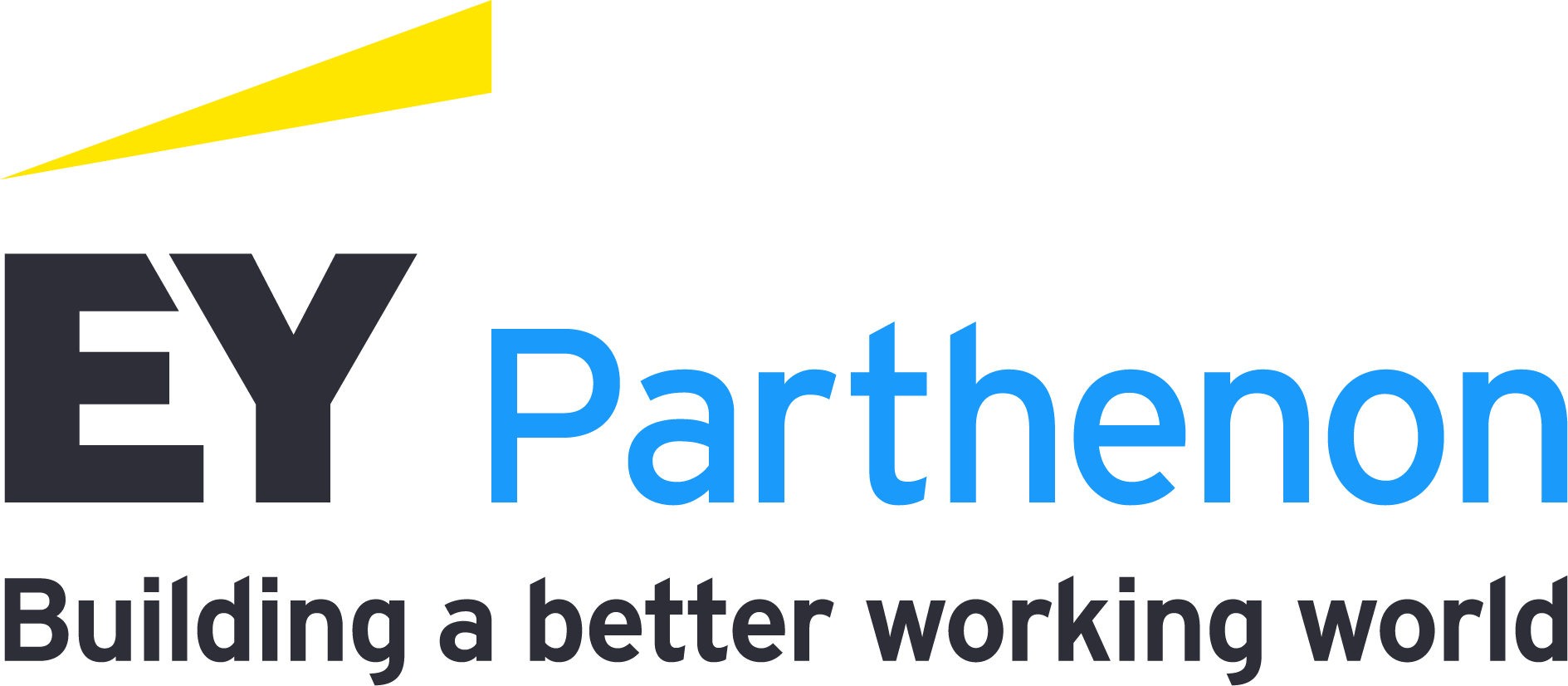Having spoken to many business leaders and pricing experts across industries and geographies, we found that there is no “silver bullet” in terms of pricing. Said an oil and gas firm VP, "We grew our prices by over 30% and still acquired new clients in this environment."
The wide range of approaches by firms reflect the different environments in which they operate. Companies in high-growth sectors such as computer chips, software, or even IT services will not have the same pricing strategy as firms operating in the manufacturing or packaged food industries.
"No one is a born pricer, everyone moved into pricing through finance, marketing, or another role,” said a manufacturing firm's pricing director in April 2023.
Having the right tools is not enough
While having insightful data and tools to understand pricing is key, firms need to know how to use them to formulate pricing and then execute correctly. During our conversations with multiple pricing experts across industries, we often heard that there was a distinct lack of specialist pricing expertise.











